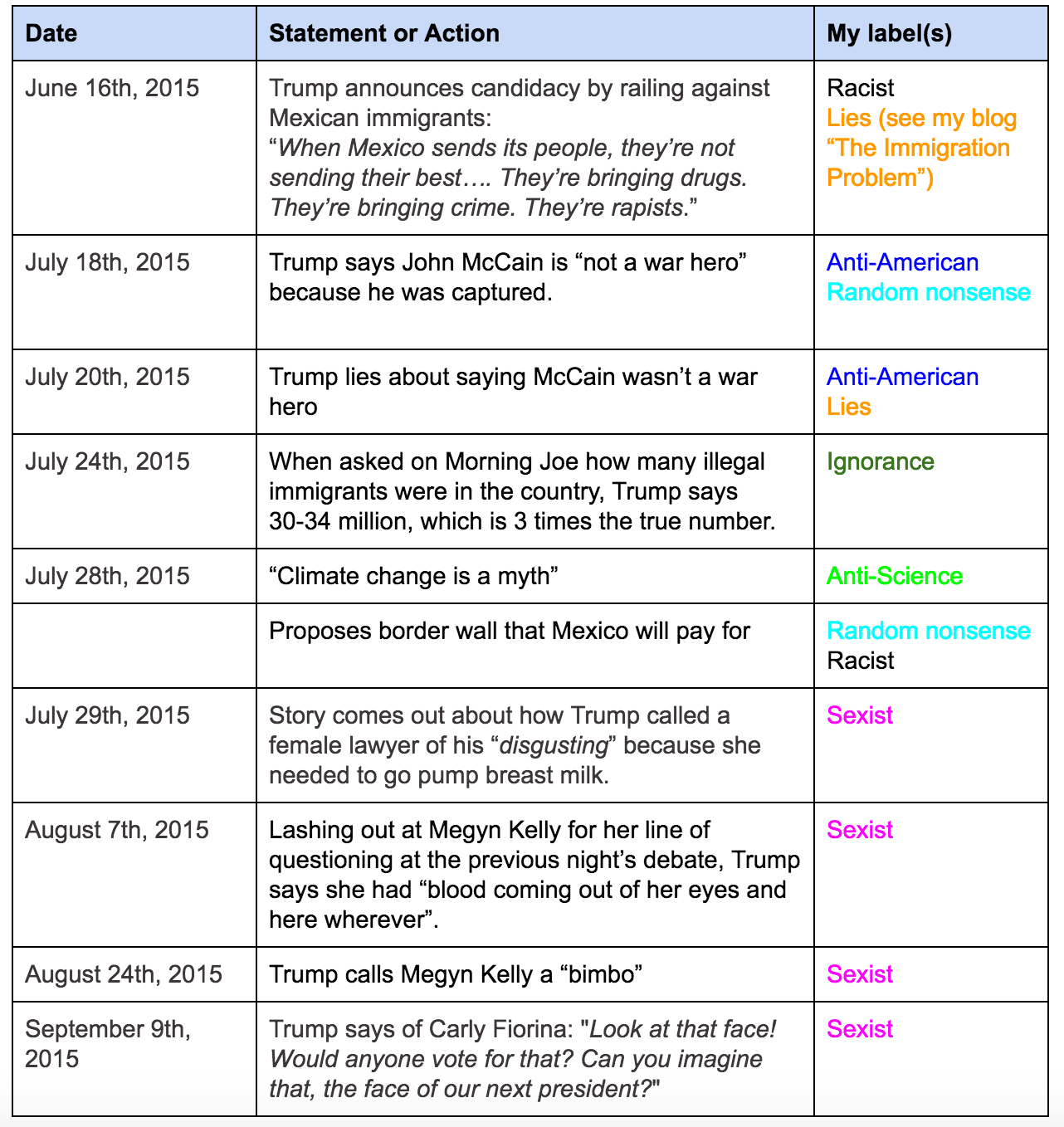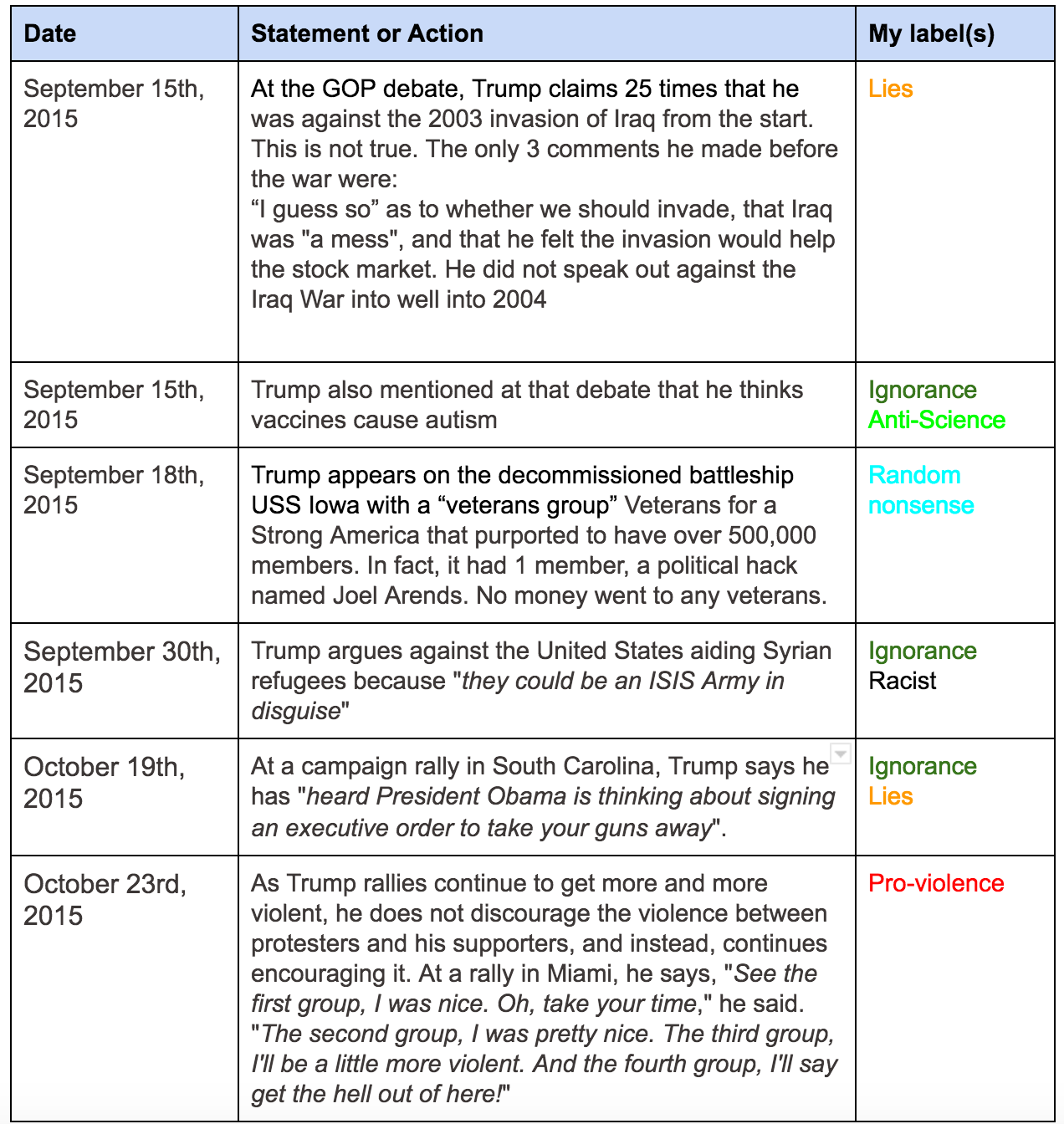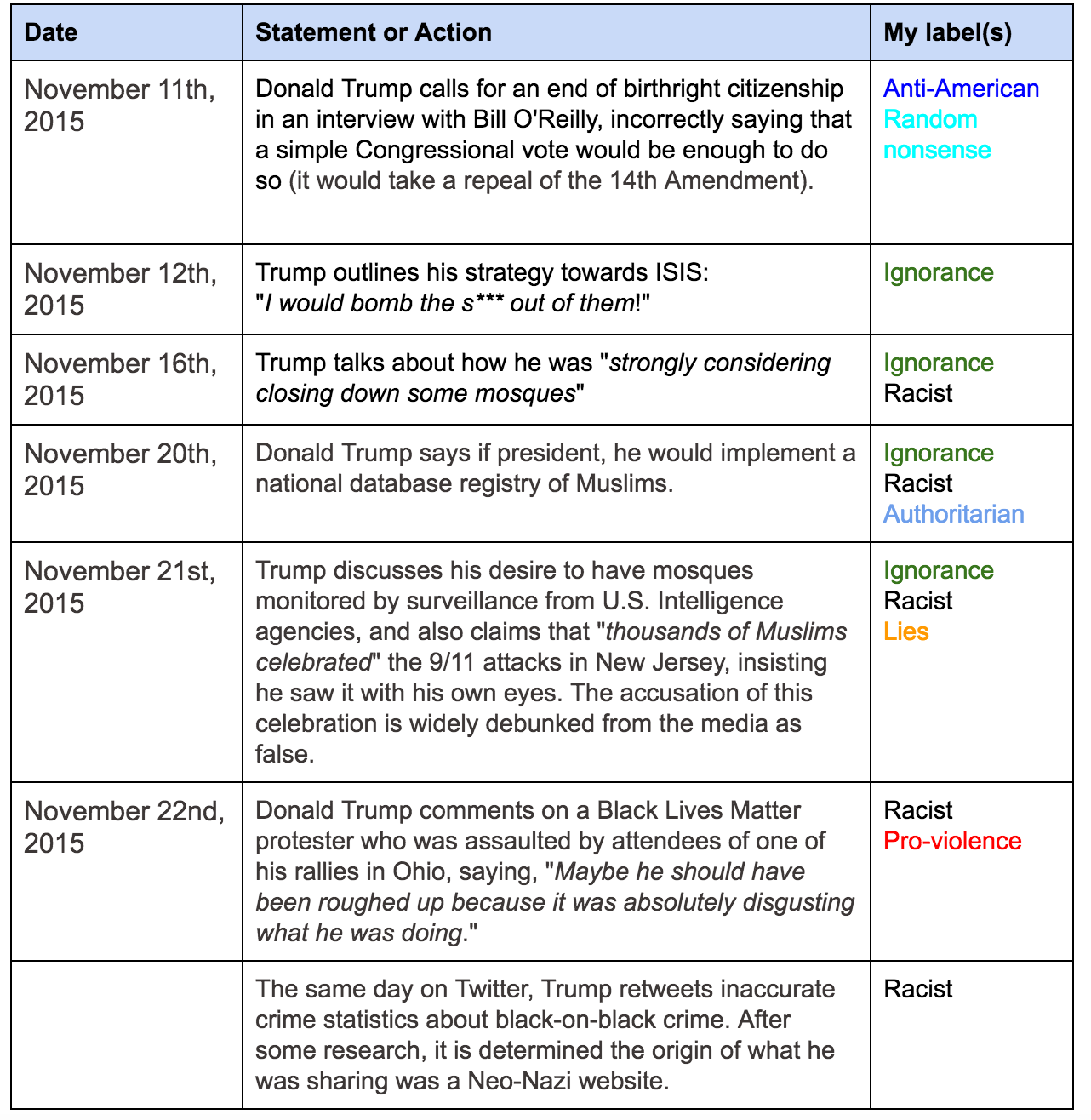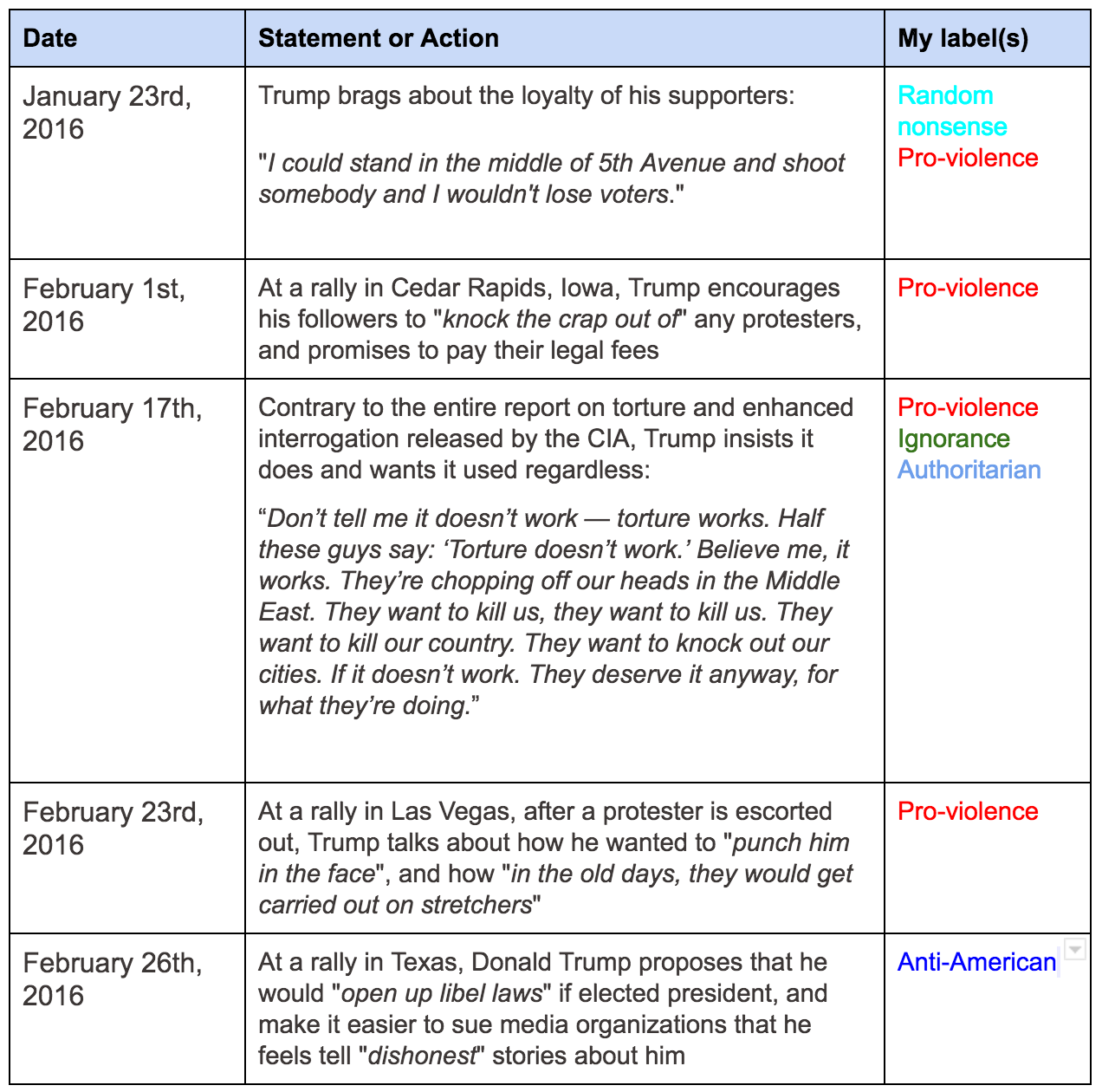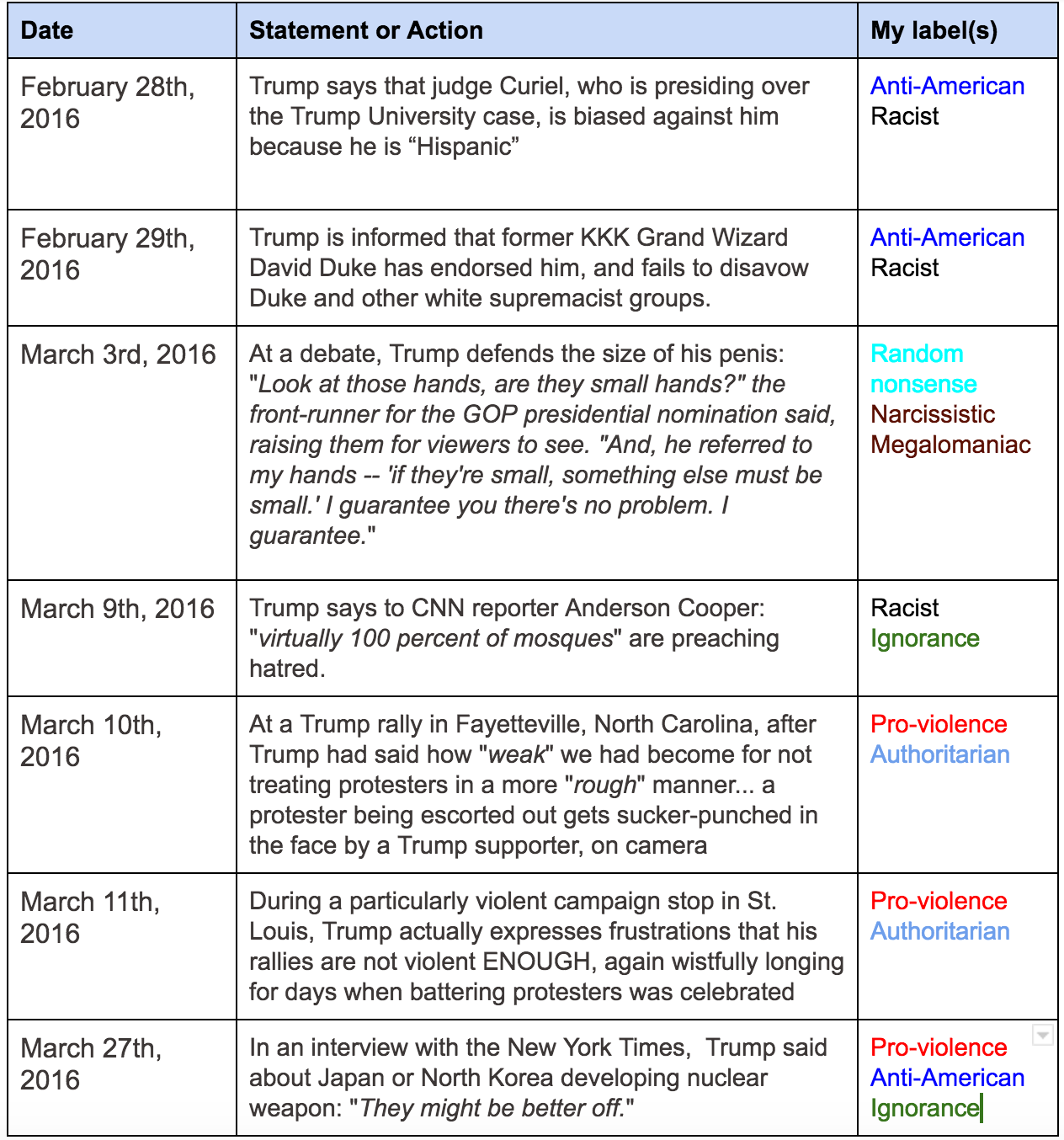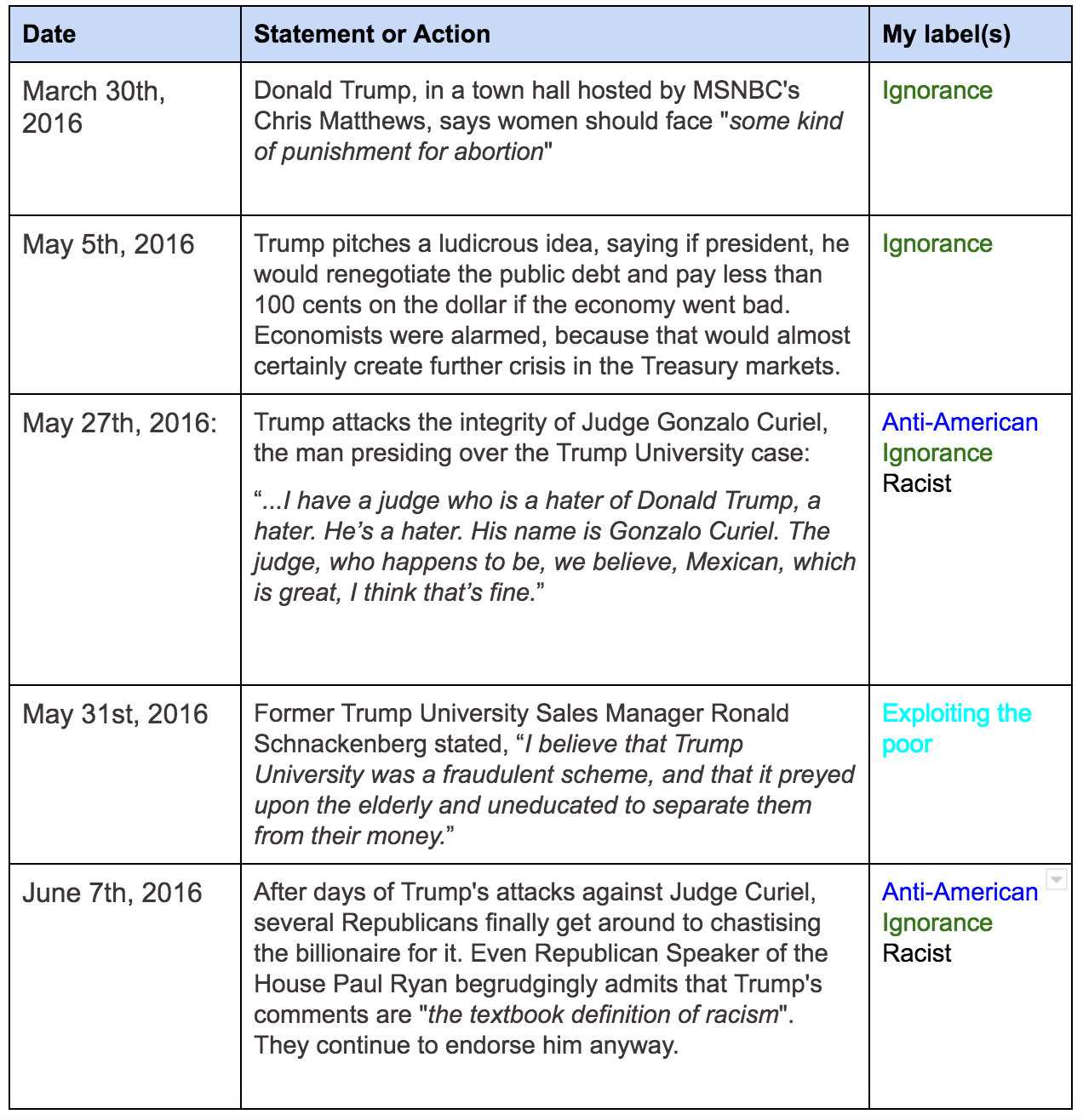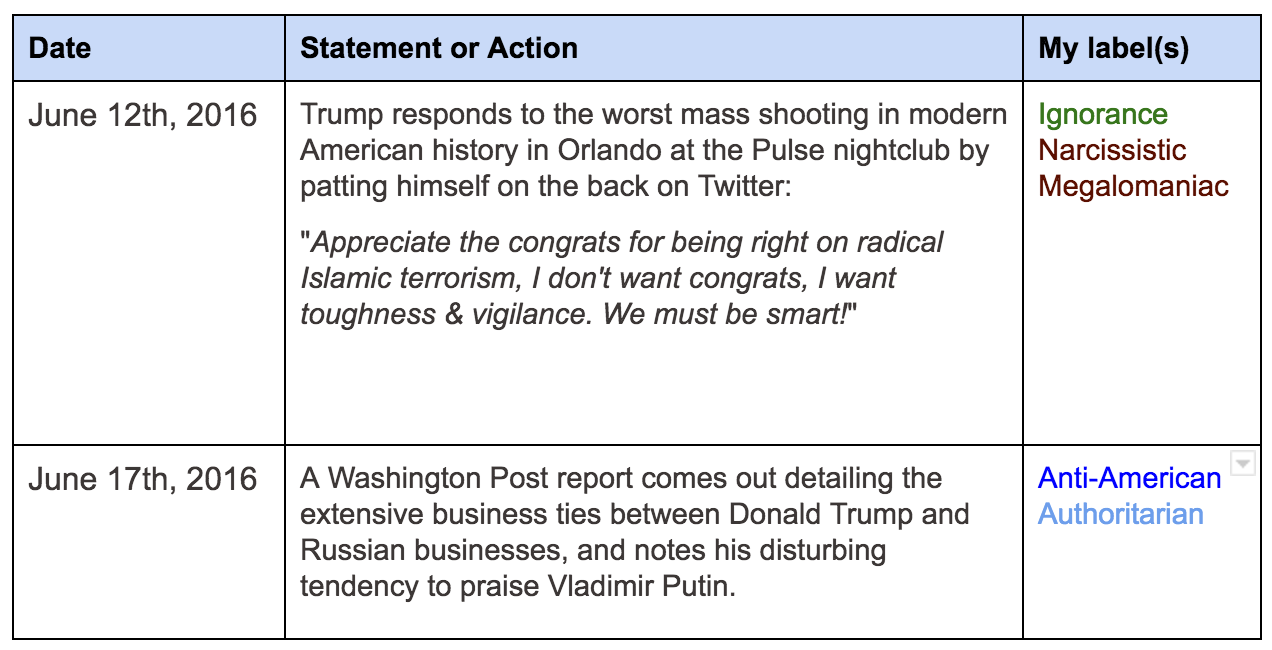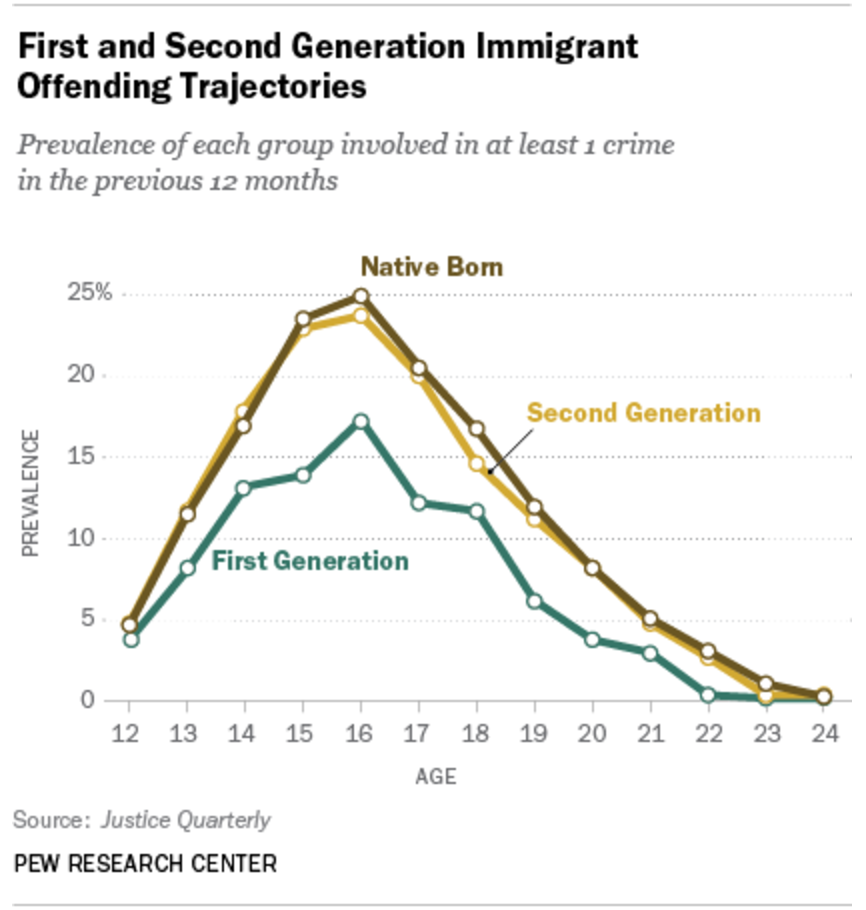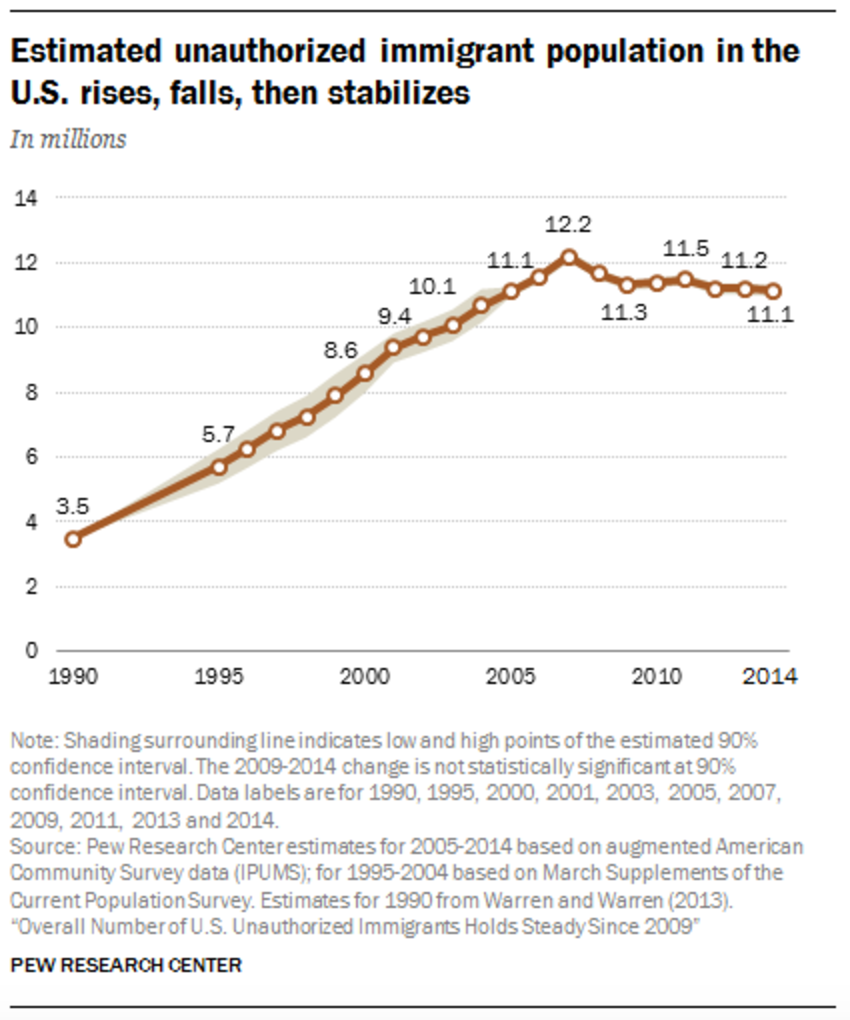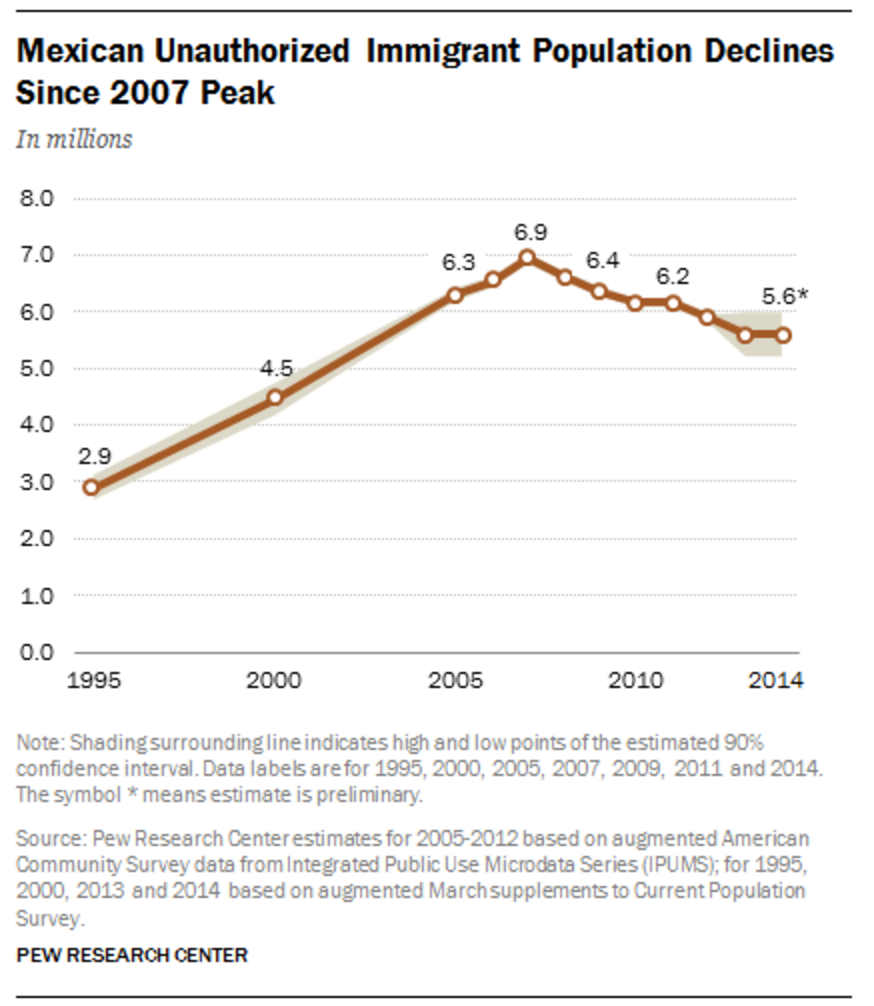America is at war and besieged, but not by some external enemy. The enemy sits in the White House, in Congress, and in many state and local governments.
Donald Trump and the Republican party are waging an all-out war on America on multiple fronts: our democracy and elections, science and reality, the media and facts, the health of Americans, the decency and the fabric of America, and finally with outright violence and their support of domestic terrorism. Given that we are in the midst of the most consequential election of our lifetimes, in this article I’ll focus on their war on democracy and voting rights.
The War on Our Democracy and Your Right to Vote
It is not surprising that the Donald Trump is willing to do any amount of damage to America in order to maintain his power, given the assaults on America he has already committed:
- Trump has repeatedly insulted US service members, both in the military and intelligence communities. Trump called dead soldiers “losers” and “suckers”, and disparaged John McCain by saying “He’s not a war hero” and “I like people who weren’t captured”. After McCain died in 2018, Trump said “We’re not going to support that loser’s funeral”.
- Trump invited a foreign adversary to meddle in the 2016 election, and Russia obliged that same day
- At the same time that Trump coddles dictators, he has alienated our democratically elected allies and led to a massive slide in global opinion about the US
There are so many other examples of Trump narcissistic willingness to debase America’s best virtues (increasing democratic inclusion, multicultural acceptance, and the peaceful transfer of power), and embrace its worst legacies (white supremacy, violence, and xenophobia). This is what you expect from a psychopathic demagogue. What is shocking is the level of complicity shown by a major party.
Why they must cheat to win
Trump and the GOP know they have very little chance of winning a free and fair election where every citizen has the unencumbered right to vote. Their policies of entrenching the power and money interests of the elite few have little hope of resonating with a diverse electorate. Thus, their only hope of winning is via a full-scale assault on our democracy, the integrity of our elections, and their massive voter suppression strategy wherever and however possible.
Trump and the GOP barely even tries to conceal this anymore. Trump admitted last March:
“They had things, levels of voting that if you’d ever agreed to it, you’d never have a Republican elected in this country again”
In June Trump was asked what the greatest risk to his re-election was. He answered:
“My biggest risk is that we don’t win lawsuits”
He was referring to the many ongoing Republican-led lawsuits attempting to prevent people from voting.
There are multiple other examples of Republicans admitting that more legal votes cast will be bad for them, and thus they must suppress as much voting as possible.
How they cheat: the Trump/GOP voter suppression playbook
There are three pillars to the Trump/GOP strategy: (1) Suppressing your ability to vote and for your vote to be counted, (2) spreading lies about “voter fraud” to justify this suppression and motivate their base, and (3) using violence and the threat of violence to intimidate voters at the polls and poll-workers who are counting votes. Let’s take these one at a time.
Legal and extra-legal voter suppression
Republicans are relying on a variety of voter-suppression tactics they’ve been perfecting in recent years, all of which target Democratic leaning voters. These include
- Selectively purging voter rolls
- Passing very restrictive voter ID laws which disproportionately impact minorities
- Restricting hours and locations where ballots can be cast or dropped off
Trump has added to this classic Republican voter suppression playbook. In May, Trump appointed a major Republican donor, Louis DeJoy, to run the US Postal Service (USPS). He immediately began getting rid of mail-sorting machines and implementing a strategy that was essentially sabotaging the USPS’s ability to deliver ballots on-time. Luckily this created major outrage, and after a threat of legal action Dejoy said on August 18th he’d suspend some of the most egregious efforts. Trump has admitted to blocking funds to the USPS in order to prevent too many people from voting by-mail.
Last month Texas’s Republican governor Greg Abbott made an unprecedented and extreme voter suppression decree allowing for only one drop-off location for ballots per county. This very clearly hurts high population counties that are more Democratic, as well as vulnerable populations that cannot easily make the multi-hour round trip required for some to drop off a ballot 20 or 30 miles away.
Now, Texas Republicans are trying to throw out over 100,000 legally-cast ballots cast by “drive-in” voting, which was instituted as a COVID safety measure. They are doing so by appealing to “one of the most notoriously partisan conservatives in the federal judiciary”.
There are so many more examples of similar efforts around the country. In all of them, Republicans are trying to prevent as many people (the “wrong” people) from exercising their constitutional right to vote.
False claims of voter fraud
Republicans have long sought to justify such voter suppression measures by falsely claiming that they are preventing “voter fraud”. Trump has stepped this up on the campaign trail and has made numerous baseless claims of voter fraud. Every expert and every serious study of the issue finds that voter fraud is virtually non-existent. As the Brennan Center puts it:
Extensive research reveals that fraud is very rare. Yet repeated, false allegations of fraud can make it harder for millions of eligible Americans to participate in elections.
Ironically, one of the few cases of confirmed election fraud was, as you might guess, committed by a Republican operative, in my home state of North Carolina.
Despite their falseness, these lies do real damage, in particular by sowing confusion among low-information voters. In addition, to Trump’s most ardent true believers these accusations of voter fraud are red meat and motivate them to take aggressive actions to suppress and intimidate voters in the “wrong” neighborhoods.
Violence, intimidation, and terrorism at the polls
Violence and the threat of violence at polls is sadly as old as this country, and plays a much larger role in our history than many people realize. The KKK and the Jim Crow terror-state in the South was largely about preventing black men from voting, even though they’d legally obtained that right in the 15th Amendment to the Constitution. Unfortunately, these terrorist efforts worked, and led to the virtual elimination of voting by blacks in the south until the 1965 Voting Rights Act. Another important factor was a loophole in the 13th Amendment which, while it ended slavery, also provided a huge exception:
“… except as a punishment for crime whereof the party shall have been duly convicted…”
This exception was a major factor in mass incarceration of African Americans and the building of the modern police state. The police have sadly been a consistent source of violence and voter suppression against minorities for a century and a half. Trump has tapped into that tradition and emboldened his supporters among the police to be aggressive and intimidating at the polls. Some cops have already started doing so.
Trump’s GOP has been planning to send 50,000 aggressive “poll-watchers” (many of whom are expected to be armed and from right-wing militias) into mostly minority neighborhoods to intimidate and suppress voters. There is a very real risk of election-day violence reminiscent of a third world country. It is alarming that this is the election strategy of a major party in 2020.
I am quite worried about right-wing mob violence or terrorism directly at Democratic-leaning polling stations on election day, with police often being complicit or turning the other way. This is not to say that all cops are Trump supporters or bad apples, but that the culture and history of policing in many areas lends itself to such violence and voter suppression.
This weekend in Texas a group of armed Trump supporters in multiple pickup trucks threatened and harassed a Biden/Harris campaign bus and rammed into other cars on the freeway. The Biden campaign was forced to cancel an event. Trump then celebrated this illegal armed attack via Twitter and said “I LOVE TEXAS!”. Perhaps we’ve become too accustomed to how low Trump has brought the presidency and this country that a president celebrating an armed attack against a political opponent barely makes the headlines.
If the election is close, expect Trump mobs to vandalize and terrorize poll-workers and polling stations where votes are being counted. This strategy was piloted on a small scale in Florida during the 2000 recount. Expect its full release this year.
Like every fascist movement, violence lies at the core of Trumpism. Trump has gassed peaceful protesters and clergy on American soil to get a photo op at a church. Trump has sent un-identified secret police to attack and kidnap protesters. Trump has inspired violence and terrorism many times amongst his hysterical hate-filled followers. Most recently, the FBI arrested 6 men preparing to kidnap the Democratic governor of Michigan, after Trump regularly encouraged right-wing extremist groups to take action and tweeted “LIBERATE MICHIGAN”.
Trump has already told us he will refuse to concede and accept the results of the election if he loses, and will do anything and everything to cast doubt on the result, make up absurd lies, and use whatever power the office of the President has to cling to power. We can also expect that he will continue his long pattern of instigating violence by his supporters aimed at his political enemies.
What every true American should do to preserve our democracy
VOTE! Voting should not be so hard in a country that celebrates itself as a beacon of democracy. But it can be challenging, due to the many obstacles put in place by Republicans to cement their power. If ever you are going to persevere these obstacles, this is the year. Go out there and vote for Biden/Harris and Democrats up-and-down the ticket. Sadly, there are virtually zero remaining principled Republicans, and a vote for any R is a vote against America and complicity in Trump’s voter suppression and fascism.
Stay informed and involved. I know it is sometimes hard to keep up with the barrage of awful news, and I don’t expect this assault on our senses to stop anytime before January. But we have to let our voices continue to be heard. Authoritarians love political apathy, since it provides the vacuum for them to consolidate power.
Donald Trump is truly an evil man and an existential threat to America. We must defeat him and the deeply un-American Republican cowards enabling his hostile takeover of the US of A.
